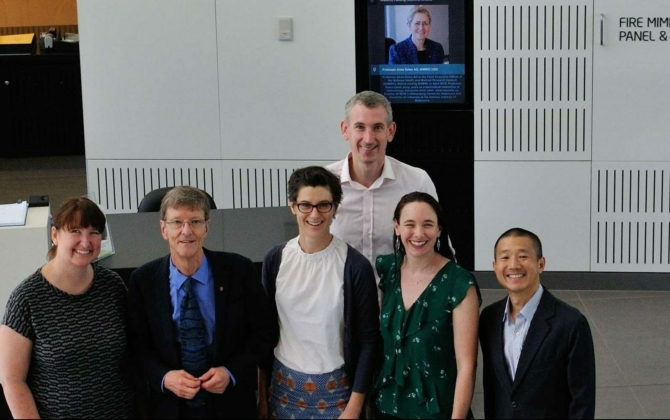Jump to
While tetraplegia is often characterized by paralysis of all four limbs, paralysis also affects the major respiratory muscles, namely the diaphragm and abdominal and intercostal muscles. This reduces respiratory function, with associated respiratory complications, such as pneumonia and atelectasis. Such complications are a leading cause of illness and death for the tetraplegic population. Up to 68% of patients with tetraplegia have a respiratory complication in the first 6 weeks (i.e. the acute stage) of injury. A reduction in respiratory complications in acute tetraplegia would decrease illness and death, reduce rehabilitation time, improve quality of life, and result in a large cost saving for global health systems.
Surface electrical stimulation of the abdominal muscles, termed Abdominal Functional Electrical Stimulation (FES), can contract the abdominal muscles, even when paralysed. We have shown that the repeated application of Abdominal FES improves the respiratory function of people with tetraplegia. However, while respiratory function is a predictor of respiratory complications in tetraplegia, evidence that Abdominal FES reduces respiratory complications is only anecdotal. We will undertake the first prospective, multi-centre, randomised placebo controlled trial, to determine whether Abdominal FES reduces respiratory complications in acute tetraplegia.
Definitive evidence of the effectiveness of Abdominal FES to reduce respiratory complications in tetraplegia will drive the rapid worldwide translation of this low cost and easily applied technology for this vulnerable patient group. This will decrease illness and death, reduce rehabilitation time, improve quality of life, and result in a large cost saving for global health systems.
This international collaboration brings together leading research and medical teams from: Neuroscience Research Australia, the Prince of Wales Hospital, and the Royal North Shore Hospital in Australia; The Indian Spinal Cord Injury Centre; Chang Mai University Hospital in Thailand and The Queen Elizabeth National Spinal Injuries Unit and the University of Glasgow in Scotland.








